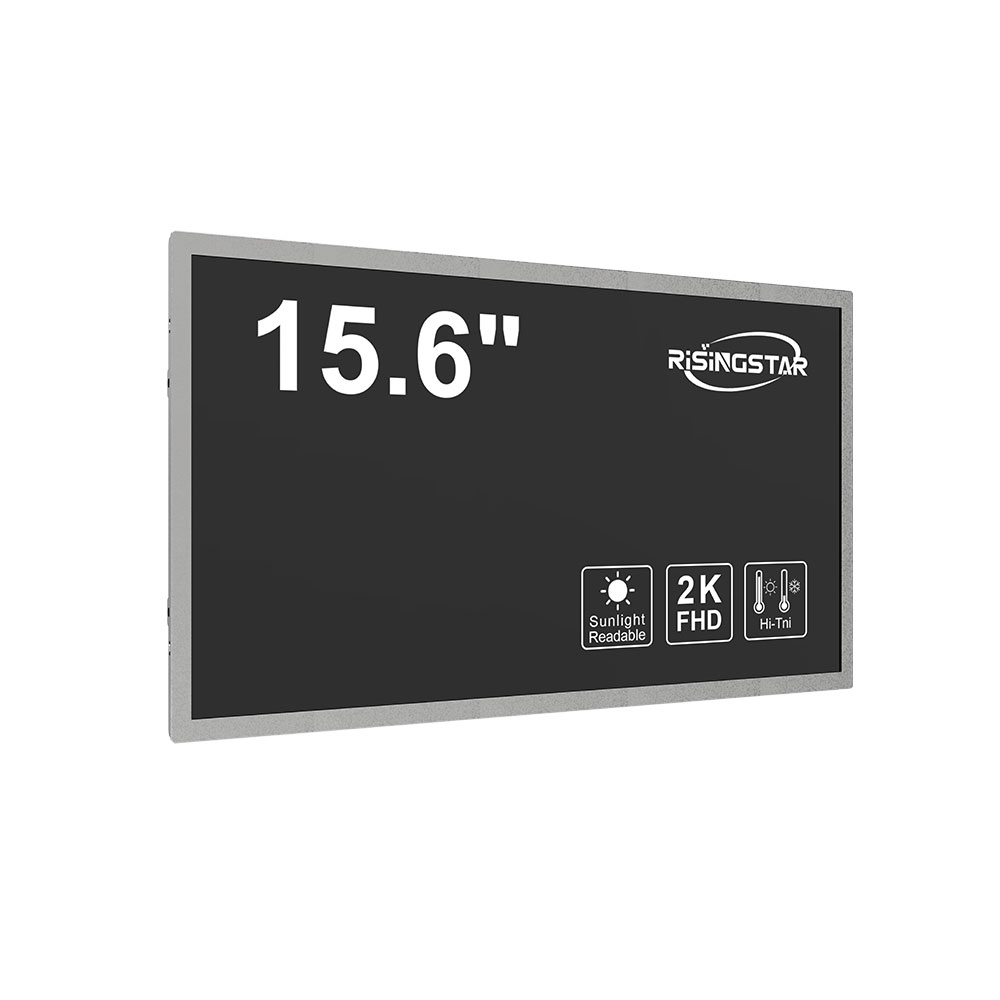Strip screens, also known as edge-lit or narrow-bezel displays, have become essential in demanding environments where visibility under direct sunlight is critical. These high-brightness LCD panels—ranging from 14.1 inches to 86 inches—are engineered for industrial automation, military systems, transportation control, and 야외 디지털 간판. Unlike standard displays that suffer from glare and poor contrast in bright conditions, strip screens leverage advanced backlighting technologies such as LED arrays with optimized brightness levels (typically 5,000 to 10,000 nits) and anti-reflective coatings to maintain clarity even under full sun exposure.
The most common sizes in this series include 14.1", 19", 19.5", 21.2", 23.1", 24", 28", 28.6", 29", 29.4", 36.6", 37", 37.6", 42", 43", 48.3", 48.5", 49.3", 49.5", 56.6", 58.4", 58.6", and 86". Each size serves specific applications: smaller units like 14.1" are ideal for portable field devices, while larger formats like 86" are used in command centers and public information kiosks. Manufacturers such as Sharp, LG Display, and Innolux supply these panels using IPS (In-Plane Switching) or VA (Vertical Alignment) technologies to ensure wide viewing angles and consistent color accuracy.
A key differentiator of strip screens is their ability to operate reliably in extreme temperatures—from -30°C to +70°C—and resist humidity, dust, and vibration. Many models comply with IP65/IP67 ingress protection standards and MIL-STD-810G shock/vibration resistance. Additionally, they support ruggedized mounting options, including DIN rail, wall mount, or panel mount configurations, making them suitable for integration into PLC cabinets, vehicle dashboards, and solar monitoring stations.
Case studies show that companies deploying 43" and 58.6" strip screens in smart grid infrastructure report a 40% reduction in maintenance errors due to improved readability in daylight. Similarly, defense contractors utilizing 29.4" and 37.6" units in battlefield command systems have noted increased situational awareness during field operations. With rising demand in IoT-enabled industries, the global market for high-brightness sunlight-readable LCDs is projected to grow at a CAGR of 7.8% through 2030, according to MarketsandMarkets research.

To ensure longevity and performance, engineers must consider not only screen size but also resolution (typically 1080p to 4K), touch capability (capacitive or resistive), and compatibility with embedded processors like NVIDIA Jetson or Raspberry Pi. Proper thermal management and power efficiency (e.g., dynamic backlight dimming) are crucial for long-term operation in remote locations. In summary, strip screens are no longer just display solutions—they are mission-critical components in modern industrial ecosystems.
2025-07-31